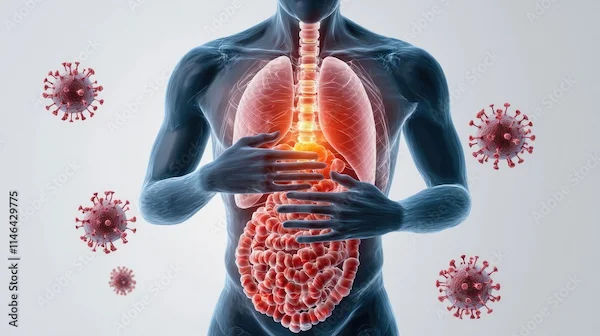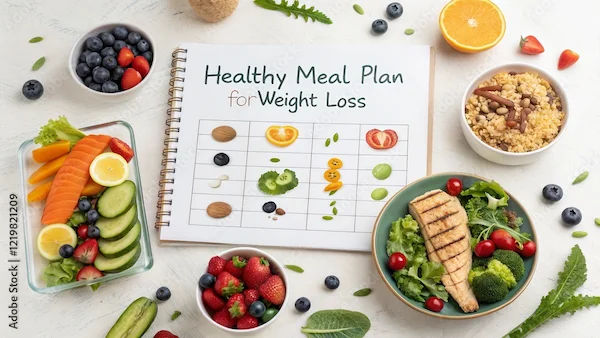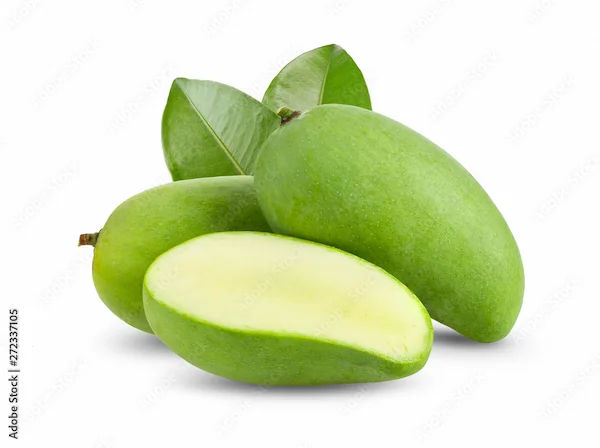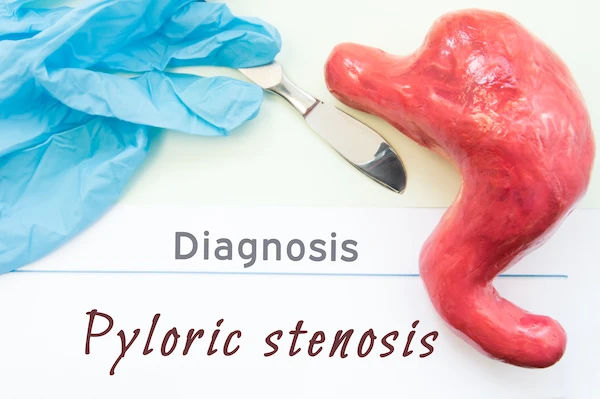Sources of Hidden Sodium
Know what hidden sodium is, why you should care for it, common sources and ways to reduce the hidden sodium in food items.

Written by
Last updated on 14th Aug, 2025

Introduction
Sodium is an essential mineral that helps regulate fluid balance, nerve function, and muscle contractions in our bodies. However, consuming too much sodium can lead to health problems like high blood pressure, heart disease, and kidney damage. While we know that table salt is a major source of sodium, many foods contain hidden sodium, meaning they have high sodium levels even if they don’t taste salty.
In this article, we’ll explore common sources of hidden sodium, how they affect your health, and simple ways to reduce your intake.
Why Should You Care About Hidden Sodium?
The World Health Organisation (WHO) recommends consuming less than 5 grams (about 1 teaspoon) of salt per day, which equals roughly 2,000 mg of sodium. However, most people consume much more than this, often without realising it.
Excess sodium can:
- Increase blood pressure, putting strain on the heart and blood vessels.
- Raise the risk of stroke, heart disease, and kidney problems.
- Causes bloating and water retention, making you feel uncomfortable.
- Since many processed and packaged foods contain hidden sodium, it’s important to be aware of what you’re eating.
Common Sources of Hidden Sodium
1. Packaged and Processed Foods
- Many ready-to-eat meals, snacks, and canned foods contain high sodium levels for flavour and preservation. Examples include:
- Instant noodles & soups (one packet can have over 1,500 mg of sodium!)
- Frozen meals (even "healthy" options can be high in sodium)
- Canned vegetables, beans, and soups (opt for "low-sodium" or "no-salt-added" versions)
Consult a General Physician for Personalised Advice
2. Condiments and Sauces
Small amounts of sauce can add up quickly:
- Soy sauce, ketchup, and barbecue sauce (1 tbsp soy sauce = ~900 mg sodium)
- Salad dressings & dips (especially creamy ones like ranch)
- Pickles & olives (brined in saltwater)
3. Breads and Baked Goods
Surprisingly, bread, rolls, and bagels contain sodium to enhance taste and texture. Just two slices of bread can have 300–400 mg of sodium.
4. Cheese and Dairy Products
Cheese, especially processed varieties (like American cheese or feta), is high in sodium. Even cottage cheese can have added salt.
5. Deli Meats and Processed Meats
Cold cuts, sausages, bacon, and ham are loaded with sodium for preservation. Just two slices of turkey breast can have 500 mg of sodium.
6. Restaurant and Fast Food
Restaurant meals often contain much more sodium than homemade food because chefs use salt generously for flavour. A single fast-food burger or pizza slice can exceed your daily sodium limit.
How to Reduce Hidden Sodium in Your Diet
1. Read Food Labels Carefully
- Look for "low-sodium" or "no-salt-added" options.
- Check the Nutrition Facts panel—anything with more than 140 mg per serving is considered high in sodium.
2. Cook More Meals at Home
- Use fresh ingredients instead of canned or processed foods.
- Flavour dishes with herbs, spices, lemon, or garlic instead of salt.
3. Rinse Canned Foods
If you use canned beans or vegetables, rinse them under water to remove excess salt.
4. Limit Processed Snacks
Swap chips and crackers for unsalted nuts, fresh fruits, or homemade popcorn.
5. Be Mindful When Eating Out
- Ask for sauces and dressings on the side.
- Choose grilled or steamed dishes instead of fried or heavily seasoned ones.
When to Seek Medical Advice
If you have high blood pressure, kidney disease, or heart issues, managing sodium intake is crucial. A doctor or dietitian can help you create a personalised low-sodium diet plan.
Final Thoughts
Hidden sodium is everywhere, but with a little awareness, you can make healthier choices. By reading labels, cooking at home, and choosing fresh foods, you can significantly reduce your sodium intake and protect your heart.
Consult a General Physician for Personalised Advice
Consult a General Physician for Personalised Advice

Dr. Debashis Nayak
Endocrinologist
8 Years • MBBS, DNB (Internal Medicine), PG Diploma ( Diabetes & Endocrinology )
Rourkela
Apollo Hospitals, Rourkela, Rourkela

Dr. Arpit Pandey
General Practitioner
7 Years • MD (Physician)
Gurugram
MedVain, Gurugram
(25+ Patients)

Dr. Vishal Kumar H
General Physician/ Internal Medicine Specialist
8 Years • MBBS, master class in critical care medicine, Advanced Post Graduate Diploma in Non Invasive Cardiology, certificate course in Cardiovascular Disease & Stroke, Certificate course in Common Mental Disorder
Bengaluru
Apollo Clinic, Basavanagudi, Bengaluru

Dr. Mijanur Rahaman Mondal
General Practitioner
3 Years • MBBS
Kolkata
Dr Utsa Basu Clinic, Kolkata
(25+ Patients)
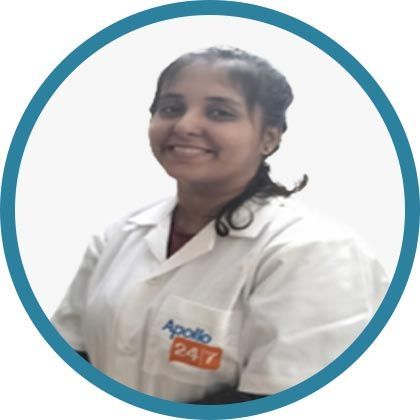
Dr. Ashita Kuruvilla
General Practitioner
6 Years • MBBS
Kolkata
KVC CLINIC, Kolkata
Consult a General Physician for Personalised Advice

Dr. Debashis Nayak
Endocrinologist
8 Years • MBBS, DNB (Internal Medicine), PG Diploma ( Diabetes & Endocrinology )
Rourkela
Apollo Hospitals, Rourkela, Rourkela

Dr. Arpit Pandey
General Practitioner
7 Years • MD (Physician)
Gurugram
MedVain, Gurugram
(25+ Patients)

Dr. Vishal Kumar H
General Physician/ Internal Medicine Specialist
8 Years • MBBS, master class in critical care medicine, Advanced Post Graduate Diploma in Non Invasive Cardiology, certificate course in Cardiovascular Disease & Stroke, Certificate course in Common Mental Disorder
Bengaluru
Apollo Clinic, Basavanagudi, Bengaluru

Dr. Mijanur Rahaman Mondal
General Practitioner
3 Years • MBBS
Kolkata
Dr Utsa Basu Clinic, Kolkata
(25+ Patients)

Dr. Ashita Kuruvilla
General Practitioner
6 Years • MBBS
Kolkata
KVC CLINIC, Kolkata

